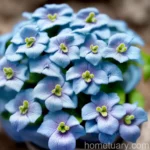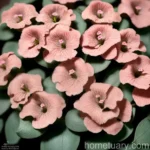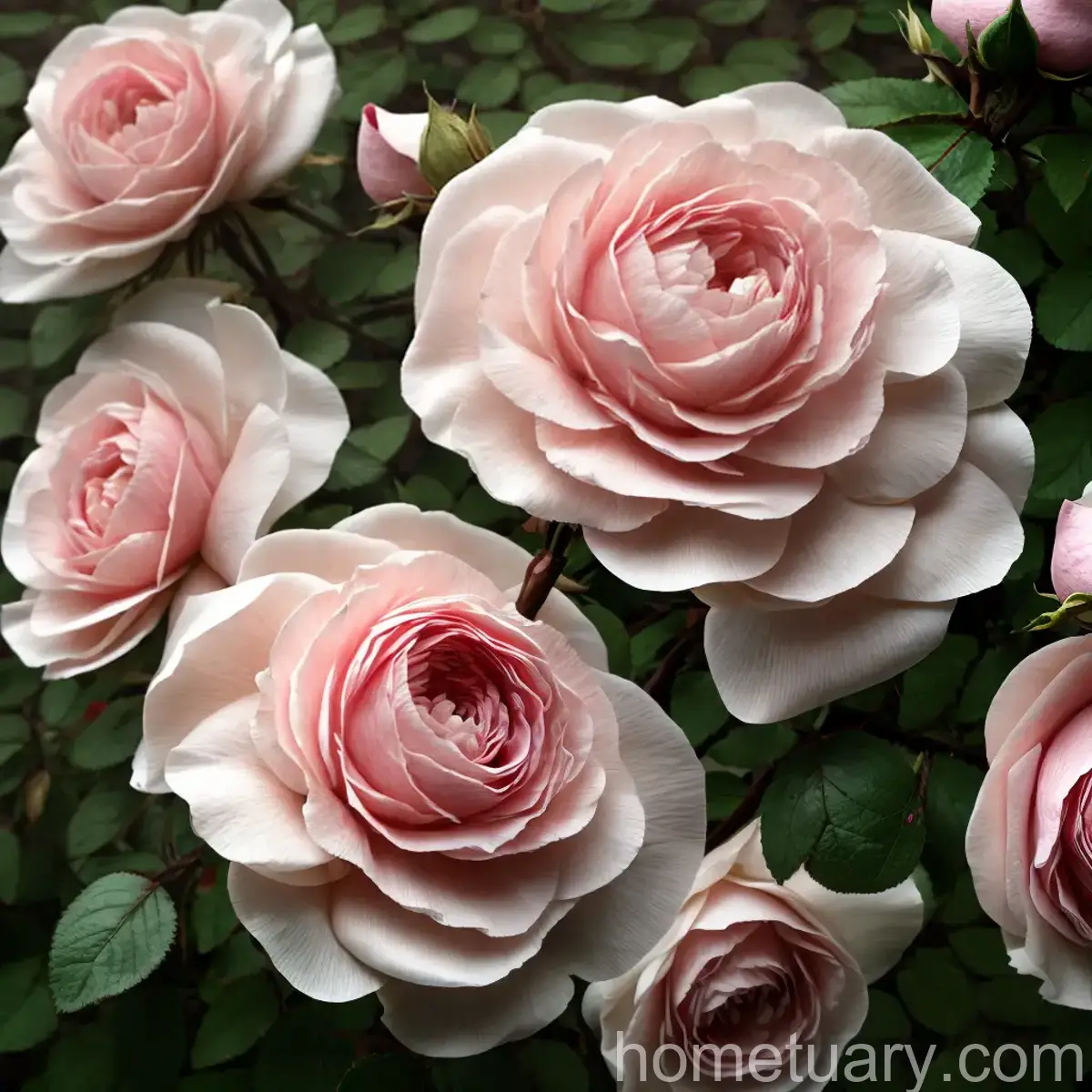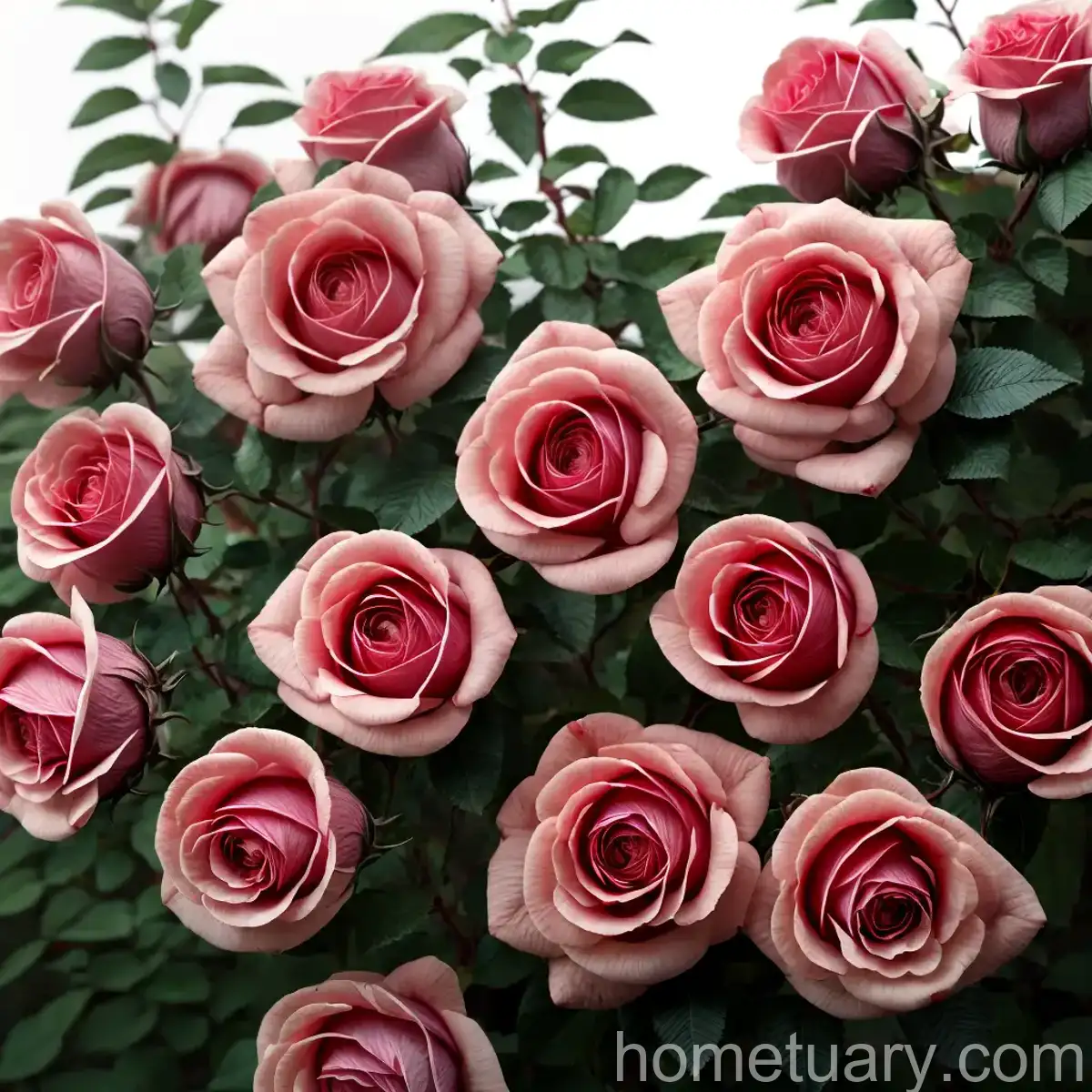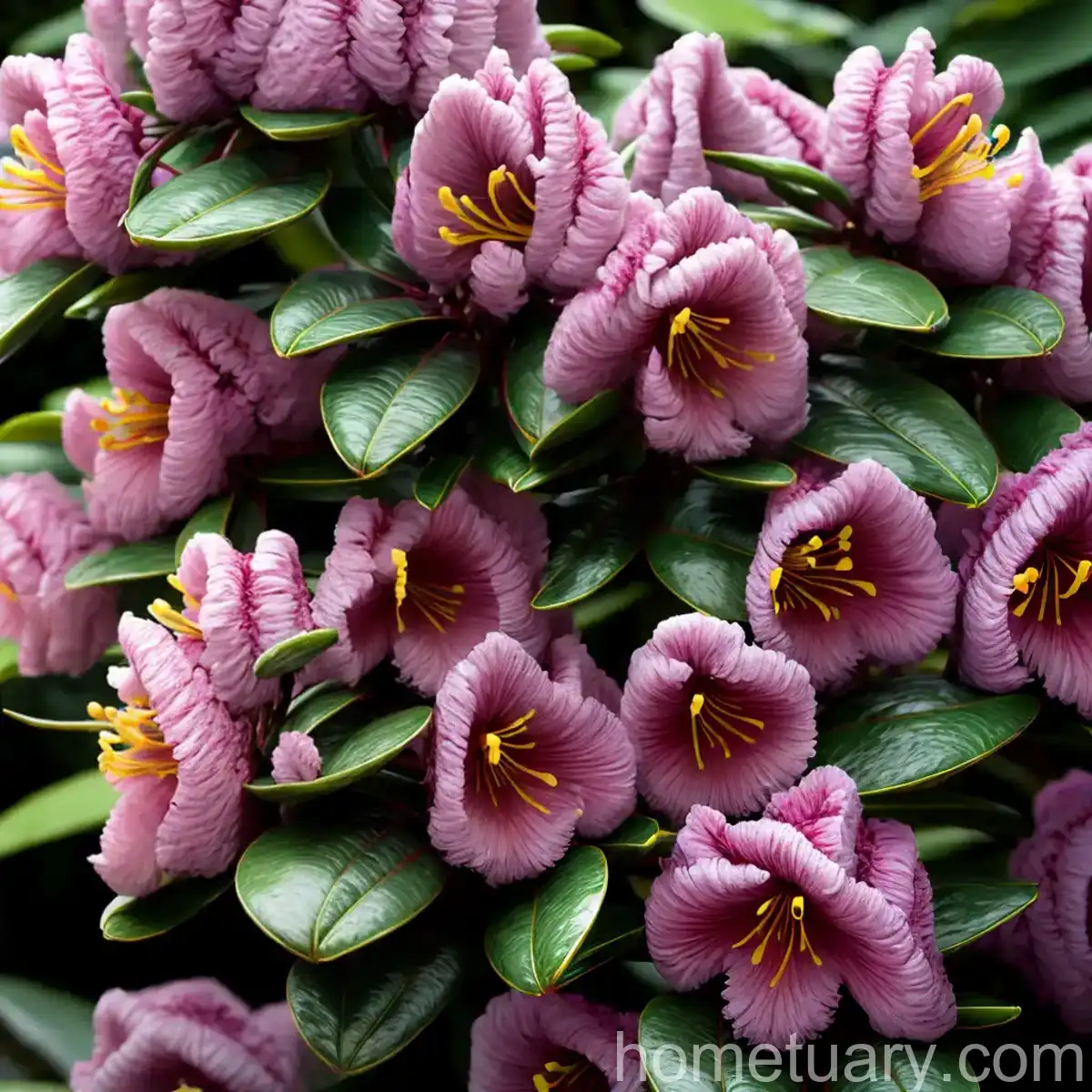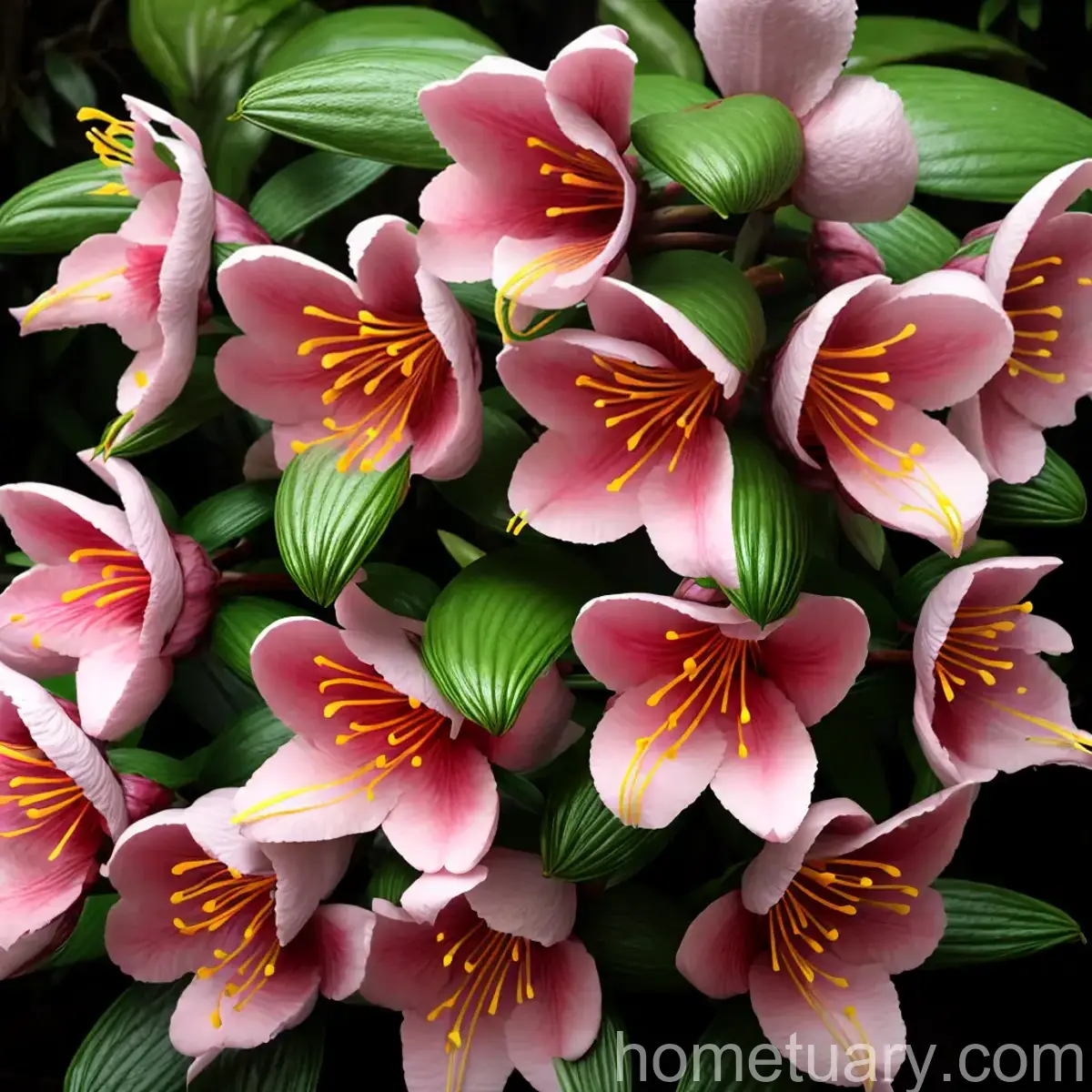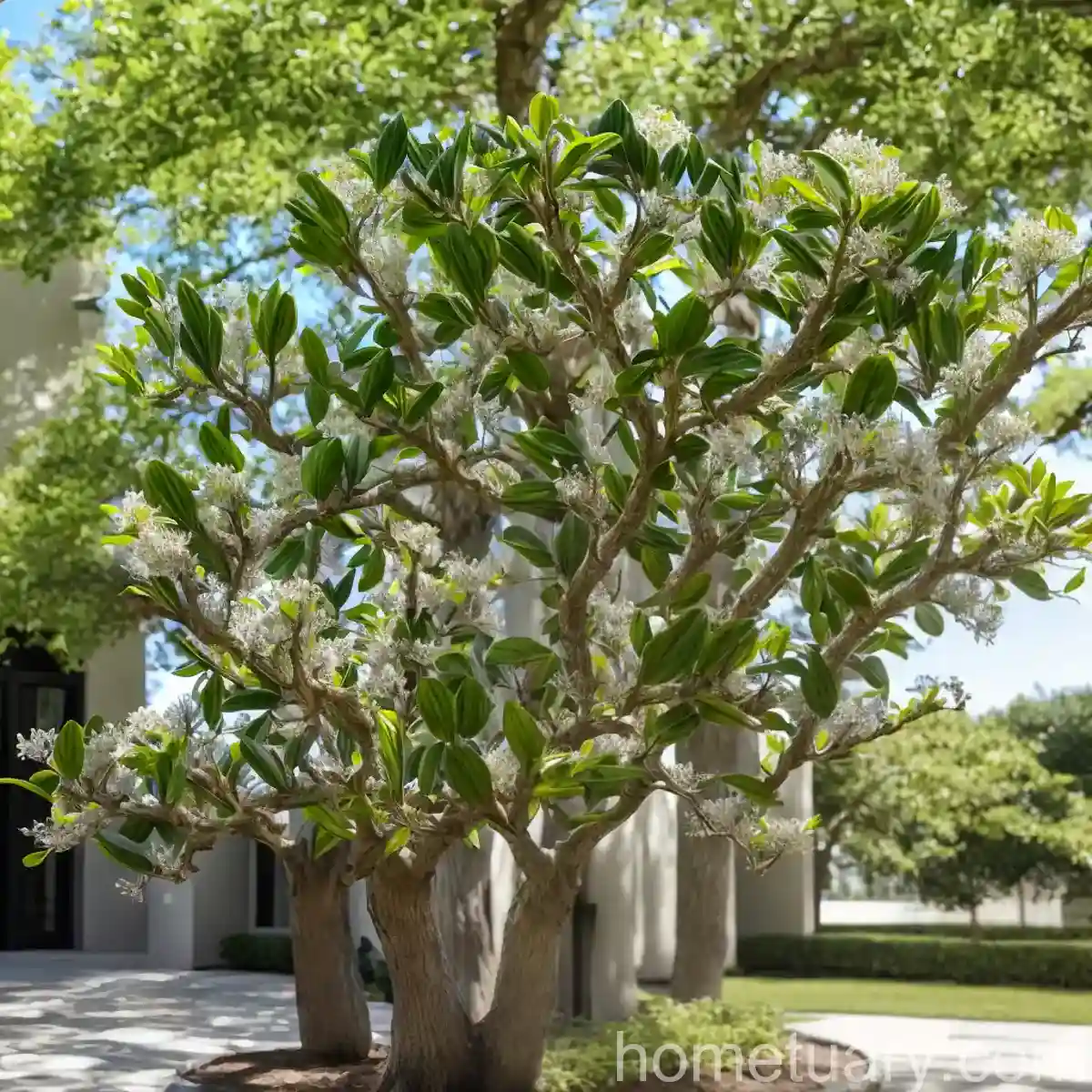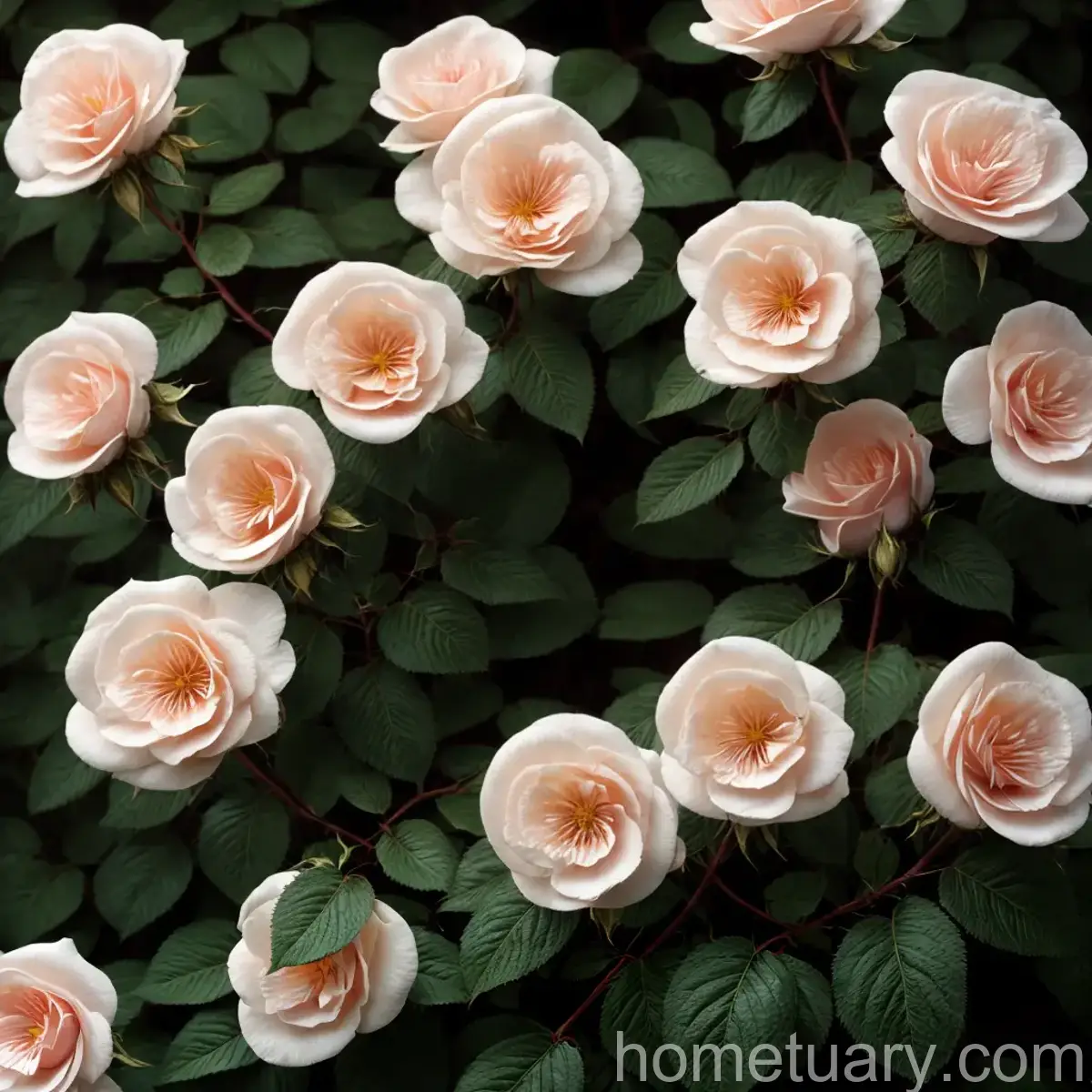Lungwort (Pulmonaria ‘Berries and Cream’): A Comprehensive Guide
Lungwort, scientifically known as Pulmonaria ‘Berries and Cream’, is a delightful herbaceous perennial that captivates with its unique foliage and early spring blooms. Renowned for its versatility, lungwort is an excellent addition to gardens attracting wildlife, and it also has a rich history of medicinal uses. In this comprehensive guide, we will delve into the culture, uses, care, and maintenance of this fascinating plant, offering valuable insights for both seasoned gardeners and beginners.
What is Lungwort (Pulmonaria ‘Berries and Cream’)?
Lungwort, botanically referred to as Pulmonaria ‘Berries and Cream’, belongs to the Boraginaceae family. This enchanting perennial is cherished for its distinct foliage and charming flowers, making it a popular choice for woodland gardens, naturalized landscapes, and shaded borders. The variety ‘Berries and Cream’ is recognized for its remarkable pink and blue flowers that emerge in early spring, complemented by marbled green and silver foliage.
Key Takeaways – Lungwort (Pulmonaria ‘Berries and Cream’)
Before we delve into the depths of lungwort plant care and cultivation, let’s briefly outline the key takeaways about this stunning plant.
- Scientific Name: Pulmonaria ‘Berries and Cream’
- Family: Boraginaceae
- Common Name: Lungwort
- Foliage: Marbled green and silver
- Flowers: Pink and blue, early spring blooms
- Uses: Medicinal, wildlife gardens, shaded borders, ground cover
- Attributes: Shade-loving, low maintenance, deer-resistant
Now that we have a general understanding of lungwort, let’s explore its culture, uses, and care in depth.
Culture
Uses
Lungwort, with its wonderful attributes and adaptability, serves various purposes in a garden or landscape setting. Some of its primary uses include:
- Medicinal: Historically, lungwort has been used for its purported medicinal properties, particularly in the treatment of respiratory ailments. However, it’s important to consult a healthcare professional before using any plant for medicinal purposes.
- Wildlife Gardens: Lungwort is a favorite among pollinators, making it an excellent addition to wildlife-friendly gardens. The nectar-rich flowers attract bees, butterflies, and hummingbirds, enhancing the overall ecological balance.
- Shaded Borders: Due to its preference for partial to full shade, lungwort is ideal for creating captivating borders in shaded areas of the garden. The charming flowers and variegated foliage add visual interest and allure to these spaces.
- Ground Cover: With its low-growing and spreading habit, lungwort is well-suited for ground cover applications, particularly in woodland settings or beneath trees where other plants may struggle.
Water
Proper watering is crucial for the health and vigor of lungwort plants. While they are resilient once established, adequate moisture is essential, especially during the establishment phase and periods of drought. Here are some key points to consider regarding lungwort’s water requirements:
- Establishment: During the initial planting phase, ensure consistent watering to facilitate healthy root development. Adequate moisture is critical in helping the plant acclimate to its new environment.
- Drought Tolerance: Once established, lungwort exhibits good drought tolerance, but it’s beneficial to provide supplemental watering during prolonged dry spells, particularly in regions with hot summers.
- Soil Moisture: Lungwort thrives in well-draining soil with consistent but moderate moisture levels. Avoid waterlogged conditions, as they can lead to root rot and other complications.
Sunlight
Lungwort’s preference for partial to full shade makes it an exceptional choice for shaded and woodland gardens. Understanding its sunlight requirements ensures optimal growth and flowering. Consider the following points related to lungwort’s sunlight needs:
- Partial to Full Shade: Lungwort flourishes in locations with dappled sunlight or full shade. In fact, exposure to intense sunlight can scorch the delicate foliage, making shaded areas the preferred choice for planting.
- Morning Sun: While lungwort tolerates some morning sun, it’s essential to shield it from harsh afternoon sunlight, especially in warmer climates.
- Indoor Cultivation: Lungwort can also be successfully grown indoors, provided it receives adequate indirect light. Placing it near east or north-facing windows can mimic its natural woodland habitat.
Fertilizer
Proper fertilization supports lungwort’s overall health and ensures prolific blooms and lush foliage. Understanding the appropriate fertilizer application is crucial for promoting optimum growth. Consider the following fertilizer-related aspects when caring for lungwort:
- Organic Matter: Prior to planting, incorporate organic matter such as compost or well-rotted manure into the soil to enhance its fertility and structure, providing an excellent foundation for lungwort growth.
- Balanced Fertilizer: During the growing season, applying a balanced, slow-release fertilizer in spring can nourish the plant and promote robust growth. Look for a fertilizer with an N-P-K ratio of 10-10-10 or similar.
- Mulching: Organic mulch, such as shredded bark or leaf mold, can serve as a natural source of nutrients, regulating soil temperature and moisture while gradually enriching the soil as it decomposes.
Soil
The soil composition significantly influences lungwort’s growth and performance. Providing the right soil conditions creates an ideal environment for the plant to thrive. Here are some important soil-related considerations when cultivating lungwort:
- Acidic to Neutral pH: Lungwort prefers slightly acidic to neutral soil with a pH range of 6.0 to 7.0. Soil testing helps determine the pH levels, enabling appropriate amendments to be made if necessary.
- Moisture Retention: Well-draining soil is essential for lungwort, preventing waterlogging and related issues. Amending heavy or compacted soil with organic matter promotes better moisture retention and drainage.
- Soil Type: Lungwort adapts to various soil types, including loamy, sandy, and clay soils, provided they are well-draining. Amending the soil with organic matter enhances its texture and nutrient content, supporting lungwort’s growth.
Pruning
Pruning plays a vital role in maintaining lungwort’s health and aesthetic appeal. Proper pruning practices help manage its growth, rejuvenate the plant, and remove any damaged or diseased foliage. Keep the following pruning guidelines in mind when caring for lungwort:
- Spring Pruning: In early spring, trim back any tattered or discolored foliage to encourage new growth and enhance the plant’s appearance. Removing spent flower stems also redirects the plant’s energy and promotes continued blooming.
- Division: Every few years, consider dividing overgrown lungwort clumps to prevent overcrowding and rejuvenate the plant’s vigor. Dividing in early spring allows the divisions to establish before the onset of summer.
Propagation
Propagating lungwort enables gardeners to expand their plantings or share this enchanting perennial with fellow gardening enthusiasts. Understanding various propagation methods provides valuable insights into expanding lungwort populations. Consider the following propagation techniques for lungwort:
- Division: Propagating lungwort through division is a straightforward method that involves separating the plant’s root clumps in early spring. These divisions can be replanted in suitable locations or shared with others.
- Seeds: Lungwort also produces seeds that can be collected once the flowers fade. Sow the seeds in a suitable seed-starting medium and provide optimal germination conditions to establish new lungwort plants.
Container Popularity
Lungwort’s adaptability and charming characteristics make it a popular choice for container gardening. The compact growth habit and striking foliage render it well-suited for container cultivation, adding a touch of elegance to outdoor living spaces and shaded patios. When cultivating lungwort in containers, consider the following points to ensure its optimal growth and vitality:
- Container Size: Use a spacious container with adequate drainage holes to accommodate lungwort’s root system and promote healthy growth. A container with a diameter of at least 12 inches is typically suitable for growing lungwort.
- Growing Medium: Employ a well-draining, high-quality potting mix to provide lungwort with the necessary support and nutrients. Consider adding perlite or coarse sand to enhance drainage and aeration.
- Placement: Position the container in a shaded or partially shaded area, shielding the plant from direct sunlight and intense heat. Provide consistent moisture and monitor the soil’s moisture levels to ensure optimal growing conditions.
Common Diseases
Lungwort is generally resilient to most diseases, but certain conditions and environmental stresses can make it susceptible to some common issues. Understanding these potential diseases and their management is crucial for maintaining lungwort’s health. Here are some common diseases that may affect lungwort:
- Powdery Mildew: In humid conditions or poor air circulation, lungwort foliage may become susceptible to powdery mildew, characterized by a powdery white growth on the leaves. To manage and prevent powdery mildew, ensure good air circulation and, if necessary, apply appropriate fungicidal treatments.
- Leaf Spot: Leaf spot diseases, caused by various fungal pathogens, may develop under conditions of excessive moisture, leading to the formation of dark spots on the foliage. Implementing proper watering practices and maintaining good air circulation can help prevent leaf spot diseases.
Disease Diagnosis
Accurate diagnosis of any potential diseases affecting lungwort is critical for implementing effective management strategies. Observing the plant for symptoms and understanding common disease indicators enables timely intervention. Consider the following diagnostic elements when identifying potential diseases in lungwort:
- Foliage Symptoms: Examine the leaves for any unusual discoloration, spots, or powdery coatings, which may signify the presence of fungal diseases such as powdery mildew or leaf spot.
- Environmental Conditions: Consider the prevailing environmental factors such as moisture levels, air circulation, and sunlight exposure, as they can contribute to disease development.
Common Pests
While lungwort is generally resistant to most pests, occasional pest-related issues may arise, particularly in conditions of stress or environmental imbalance. Monitoring for common pests and implementing appropriate pest management practices is essential for safeguarding lungwort’s health. Some of the common pests that may affect lungwort include:
- Aphids: These small, soft-bodied insects may infest lungwort foliage, particularly new growth, sucking sap from the plant and potentially causing leaf distortion. Controlling aphids through natural predators or insecticidal treatments helps mitigate their impact.
- Spider Mites: Under hot and dry conditions, spider mites may affect lungwort, manifesting as stippling on the leaves and fine webbing on the foliage. Regular monitoring and maintaining adequate humidity levels can help deter spider mite infestations.
Botanist’s Tips
As a plant scientist with a passion for lungwort (Pulmonaria ‘Berries and Cream’), I offer the following tips to fellow enthusiasts and gardening aficionados for cultivating and caring for this captivating perennial:
- Shade is Key: Providing adequate shade is crucial for lungwort’s health and longevity. Selecting shaded or partially shaded locations ensures optimal growing conditions and promotes prolific flowering.
- Moisture Balance: While lungwort appreciates consistent moisture, it’s vital to avoid waterlogged conditions. Striking a balance in watering practices supports the plant’s overall well-being.
- Division and Renewal: Periodically dividing lungwort clumps rejuvenates the plant and prevents overcrowding, facilitating continued vigor and abundant blooms.
Fun Facts
Exploring the unique and captivating aspects of lungwort (Pulmonaria ‘Berries and Cream’) unveils several intriguing and noteworthy fun facts about this delightful perennial:
- Historical Medicinal Uses: Lungwort has a rich history of medicinal uses, particularly for respiratory conditions, and has been employed as a healing herb for centuries.
- Pollinator Magnet: The nectar-rich flowers of lungwort serve as a magnet for various pollinators, contributing to the ecological balance and biodiversity of the garden.
- Foliage Variations: The marbled foliage of lungwort exhibits a captivating array of green and silver patterns, adding visual interest and allure to shaded areas.
Links to External Resources
For further information and in-depth insights into cultivating and caring for lungwort (Pulmonaria ‘Berries and Cream’), the following external resources provide valuable guidance and perspectives:
- Royal Horticultural Society – Pulmonaria (Lungwort)
- University of Florida IFAS Extension – Lungwort
- The Spruce – How to Grow and Care for Lungwort Plants
In conclusion, lungwort (Pulmonaria ‘Berries and Cream’) emerges as a delightful and versatile perennial that enhances shaded gardens and woodland landscapes with its charming foliage and early spring blooms. By understanding its culture, uses, and care requirements, gardeners can appreciate and harness the full potential of this captivating plant, fostering a harmonious and thriving garden environment.
As you embark on your journey with lungwort, may these insights and tips empower you to cultivate and care for this enchanting perennial, enriching your gardening experience and creating a captivating haven for both nature and admirers. Happy gardening!
The markdown file for the article is structured into various sections focusing on the plant lungwort (Pulmonaria ‘Berries and Cream’), covering its culture, uses, care, and maintenance. The content includes detailed insights, practical tips, and fun facts to engage readers and provide valuable information about this captivating perennial. The links to external resources offer additional guidance for readers seeking further information.

